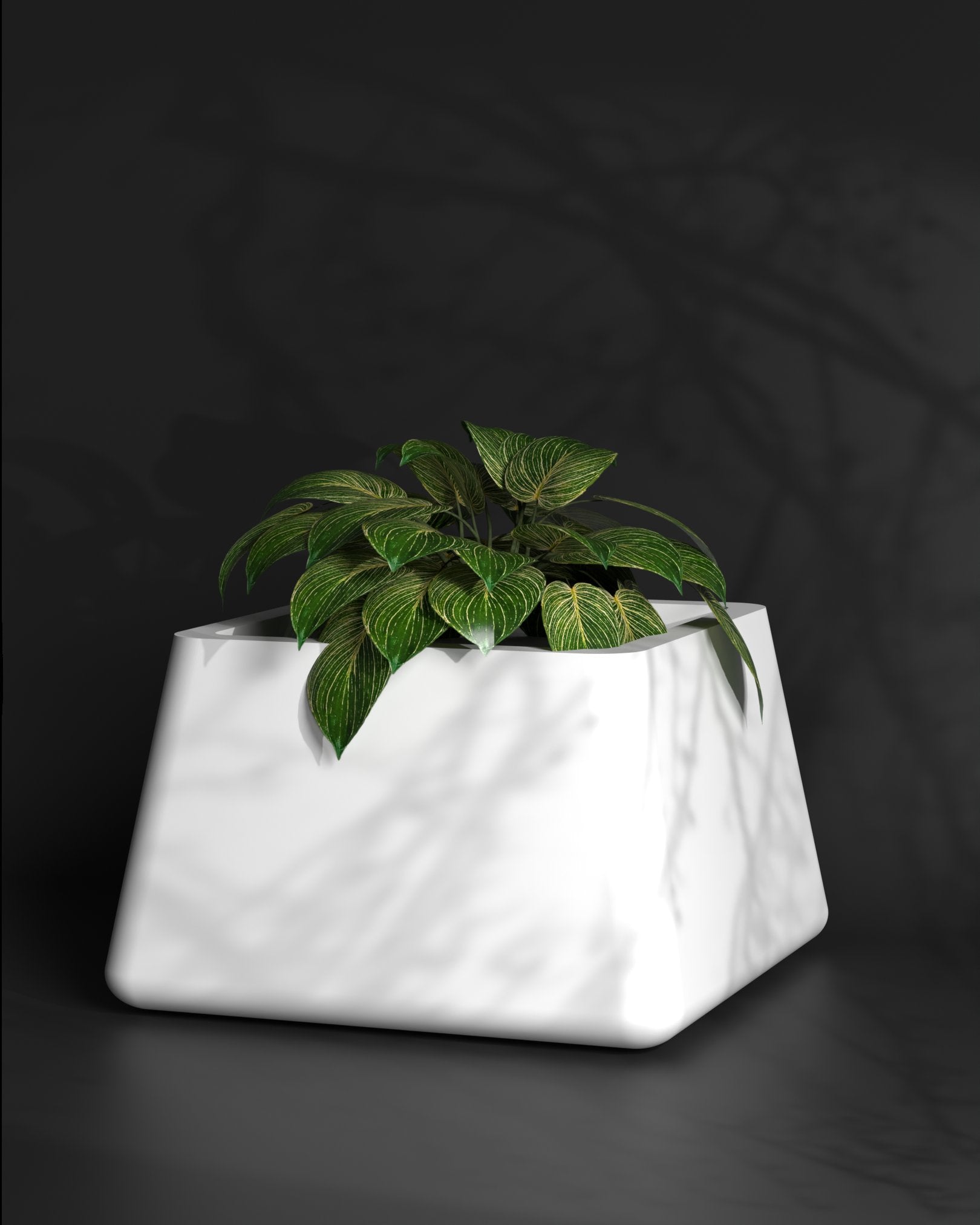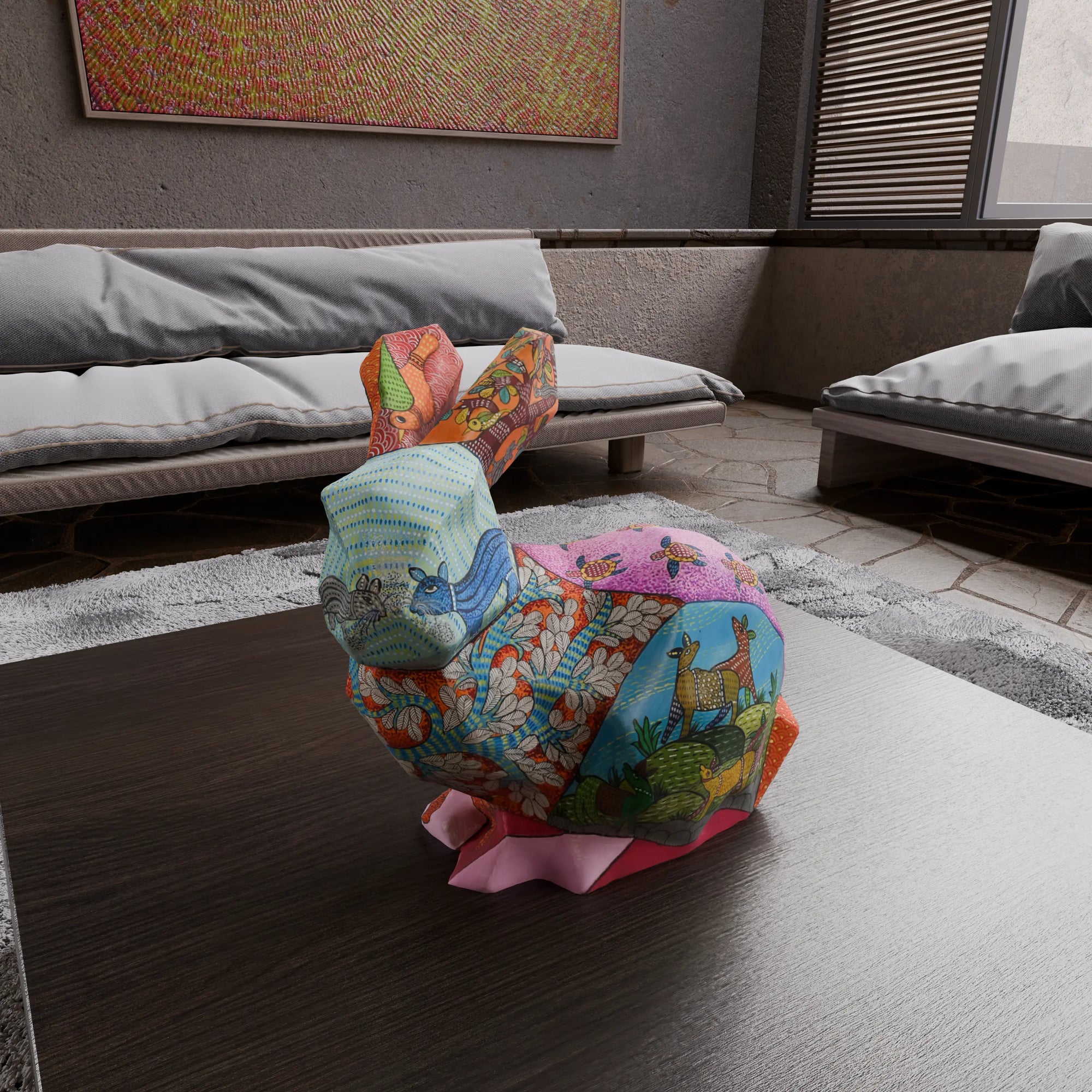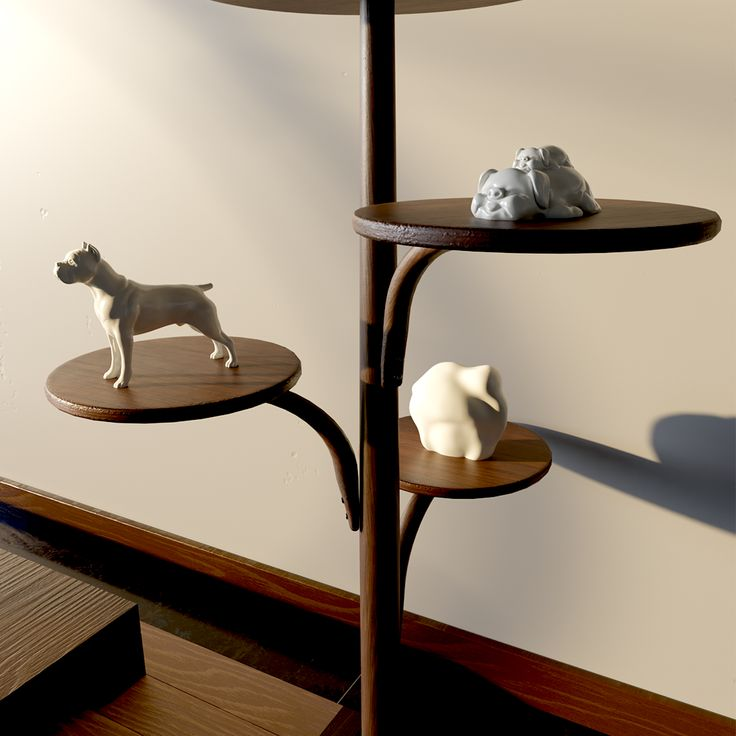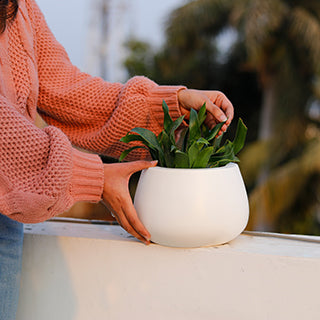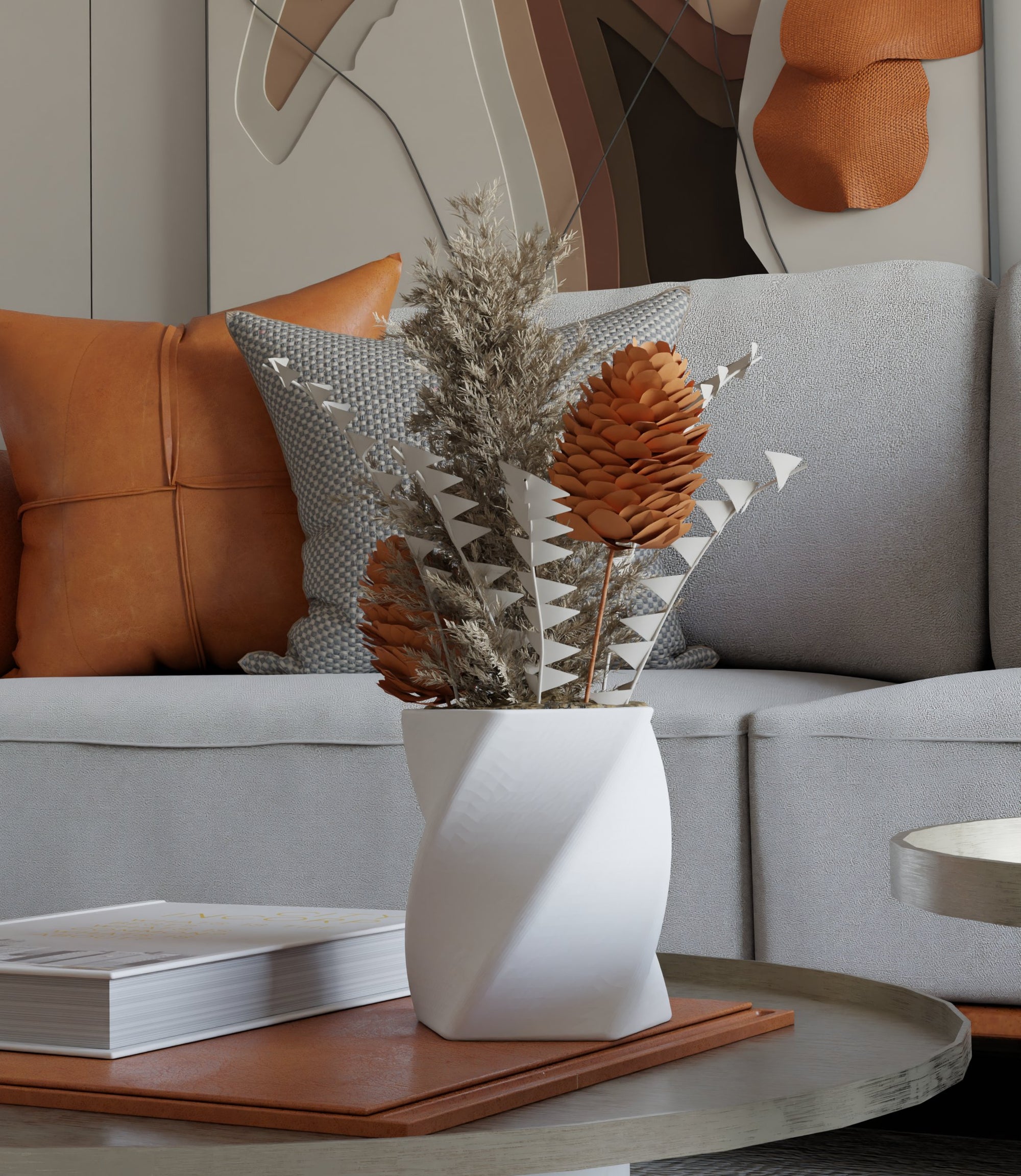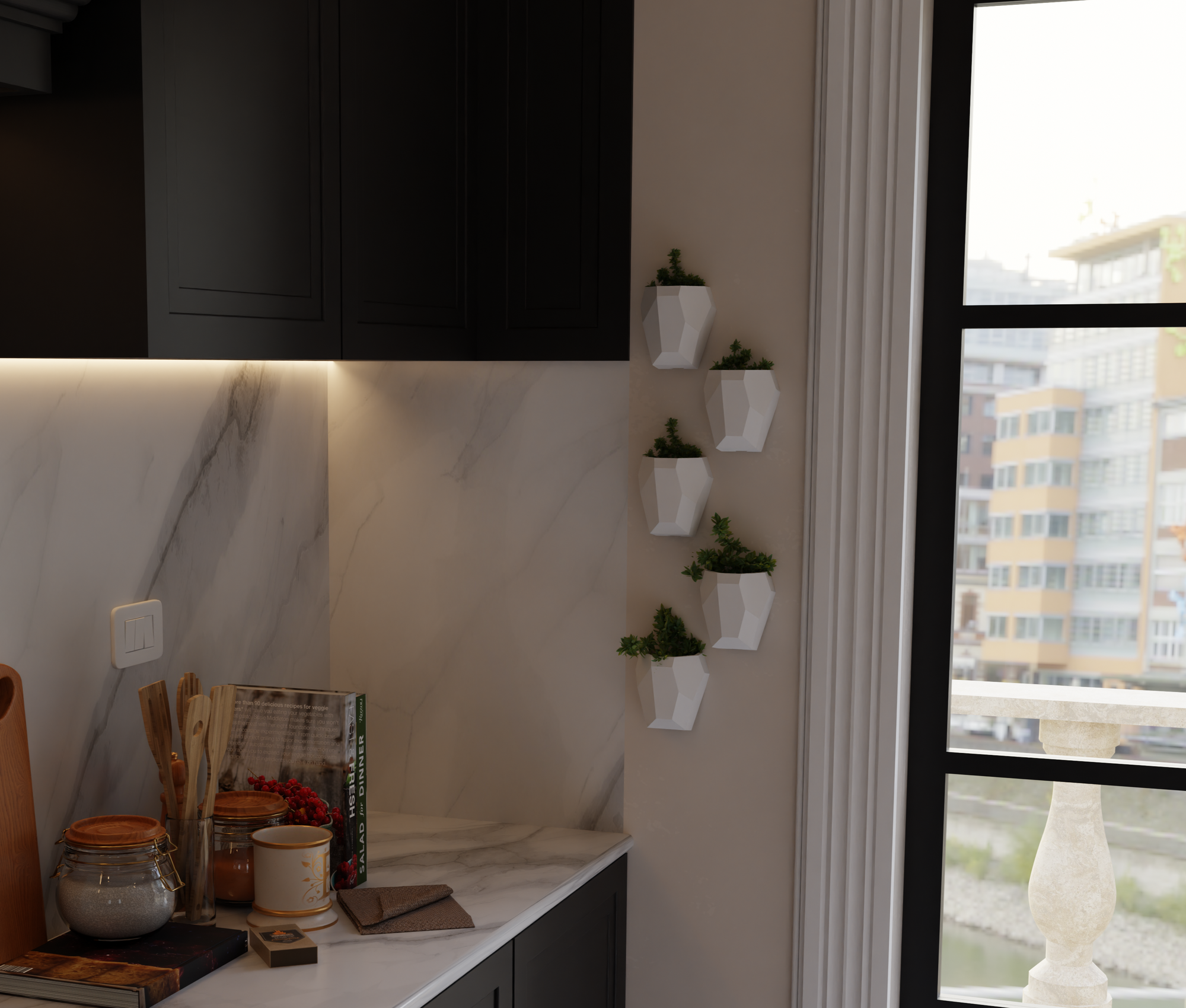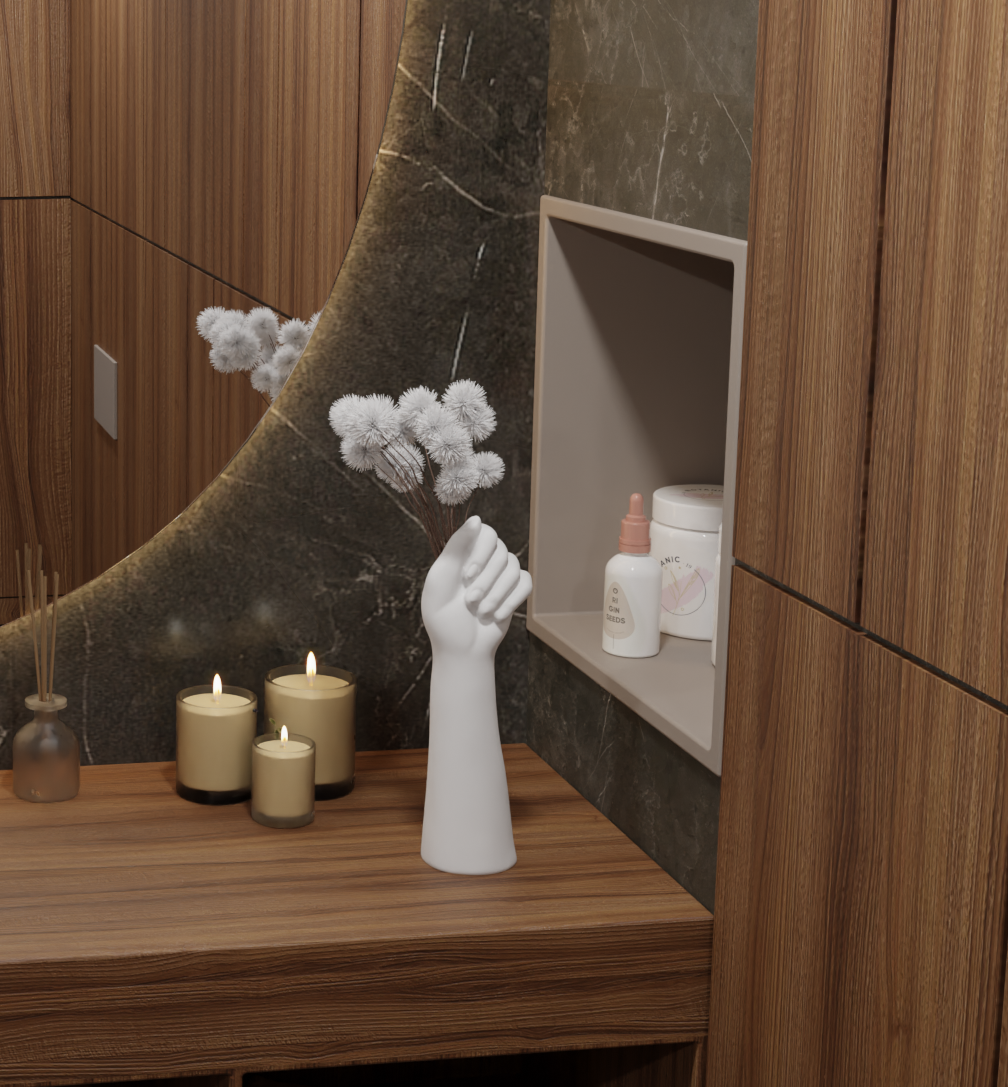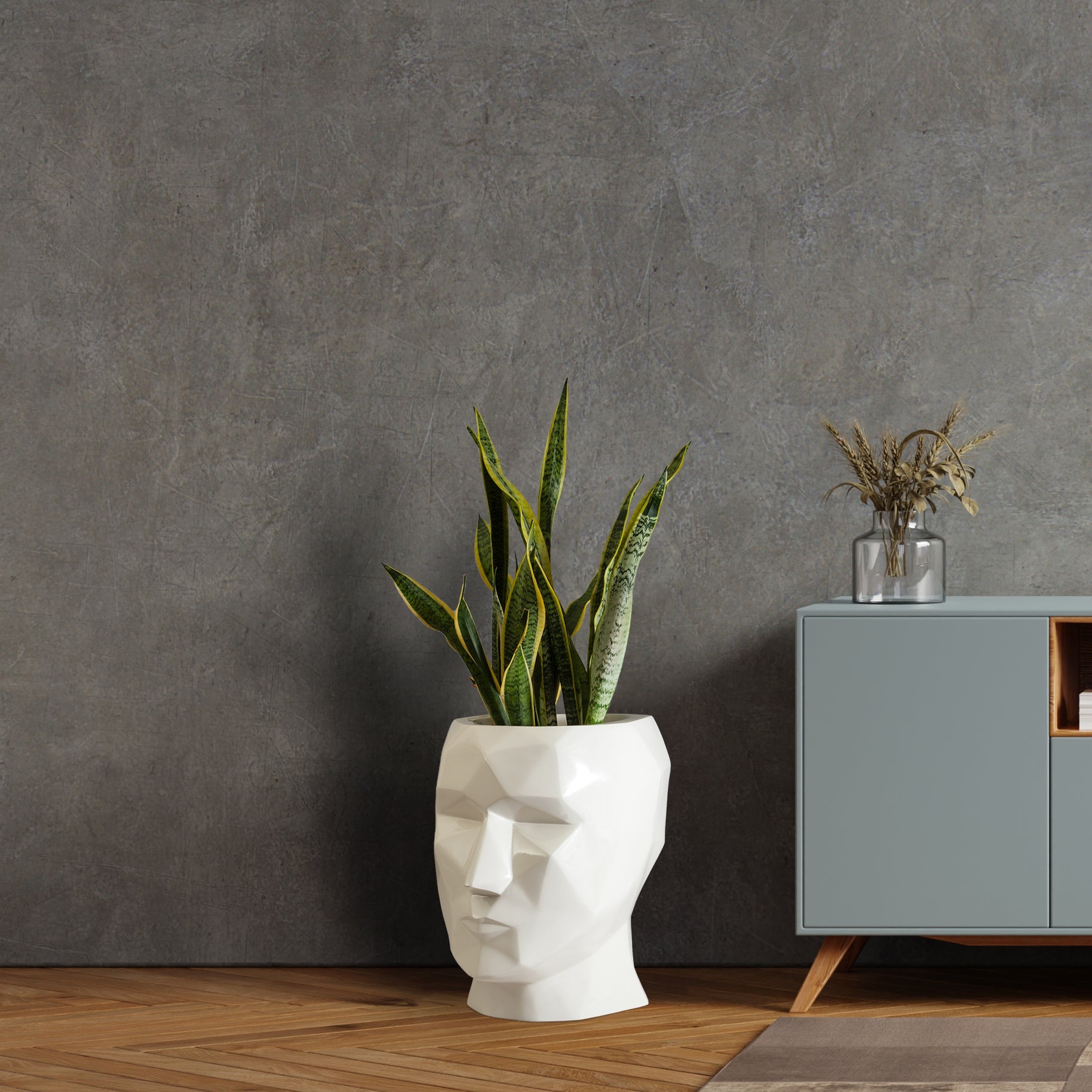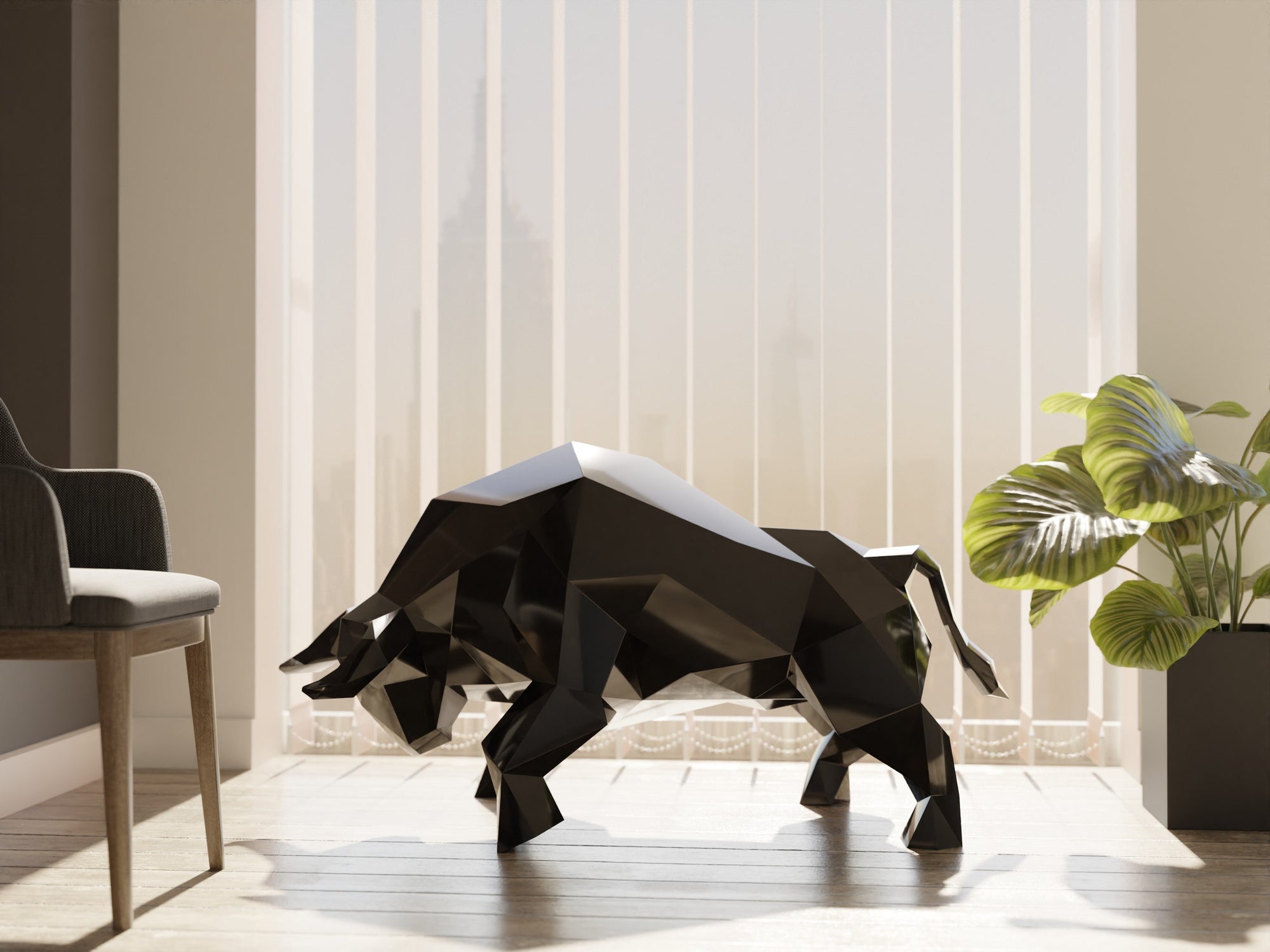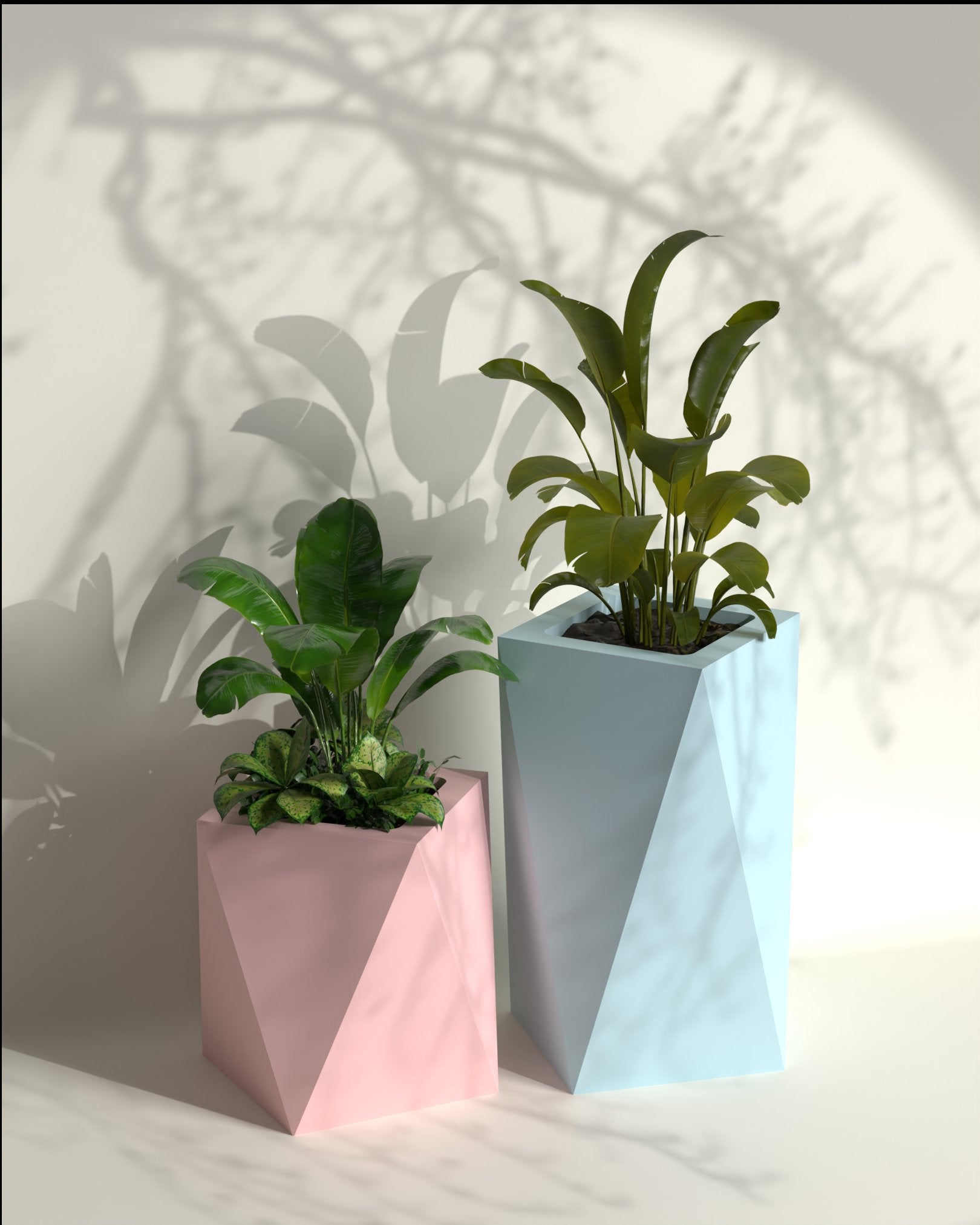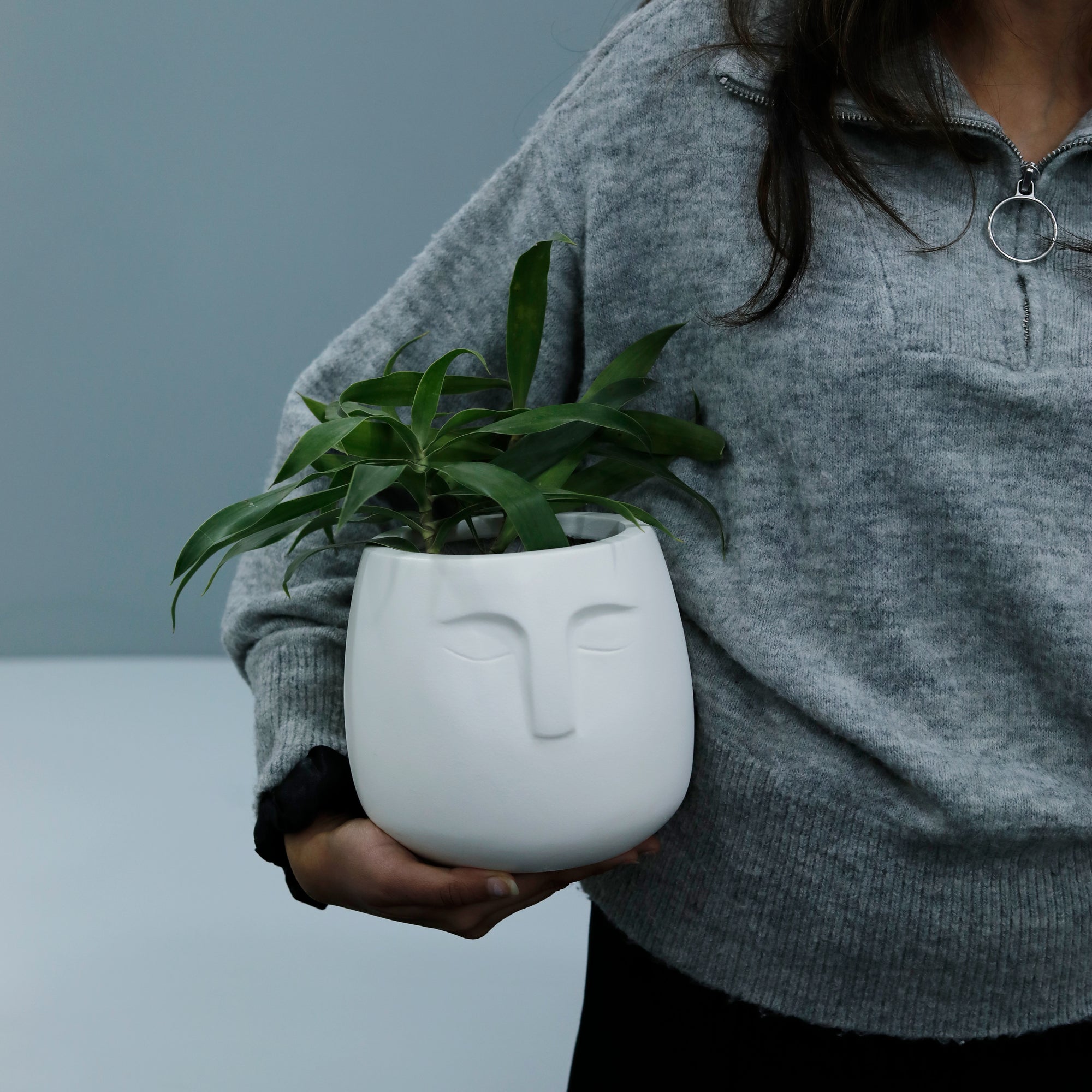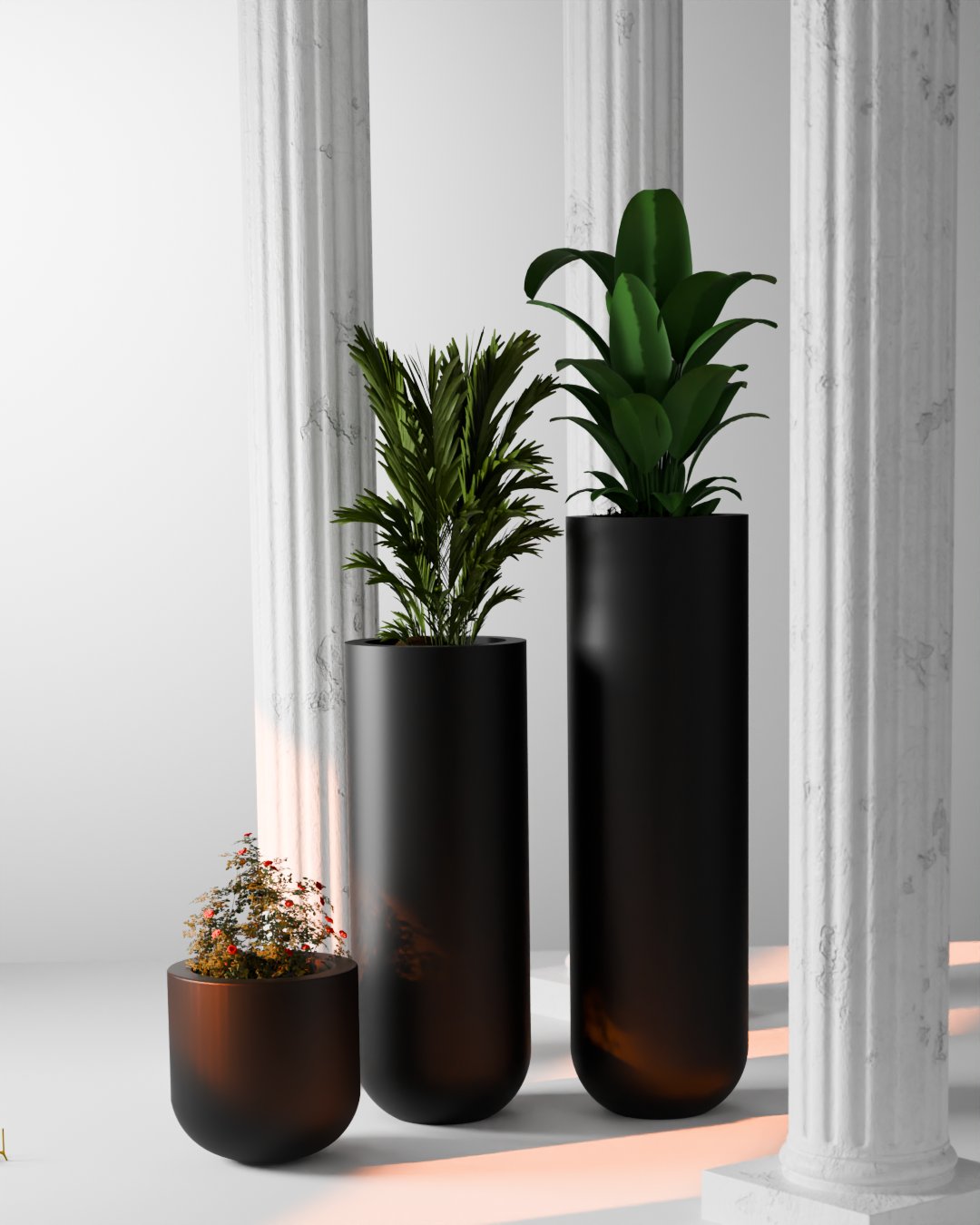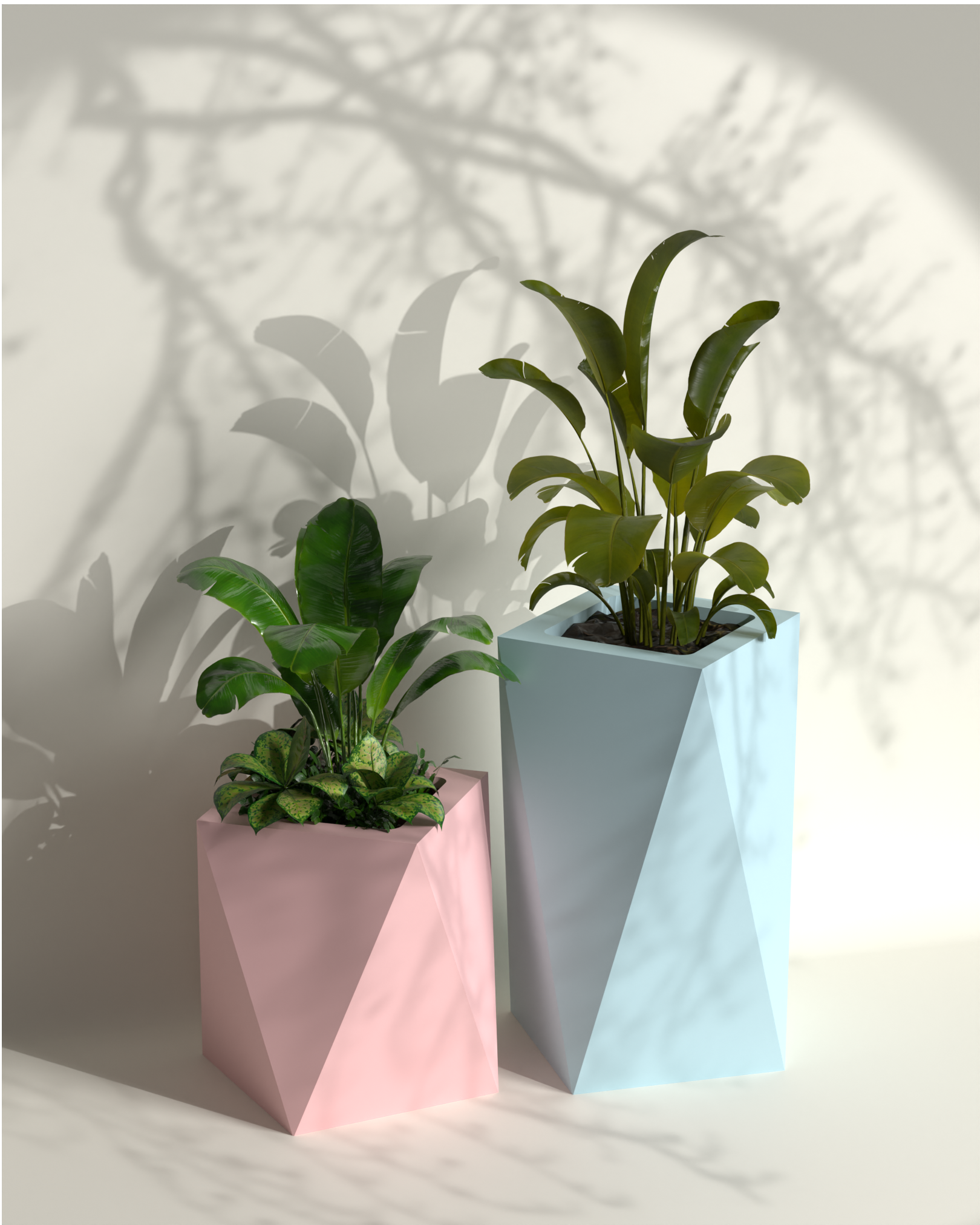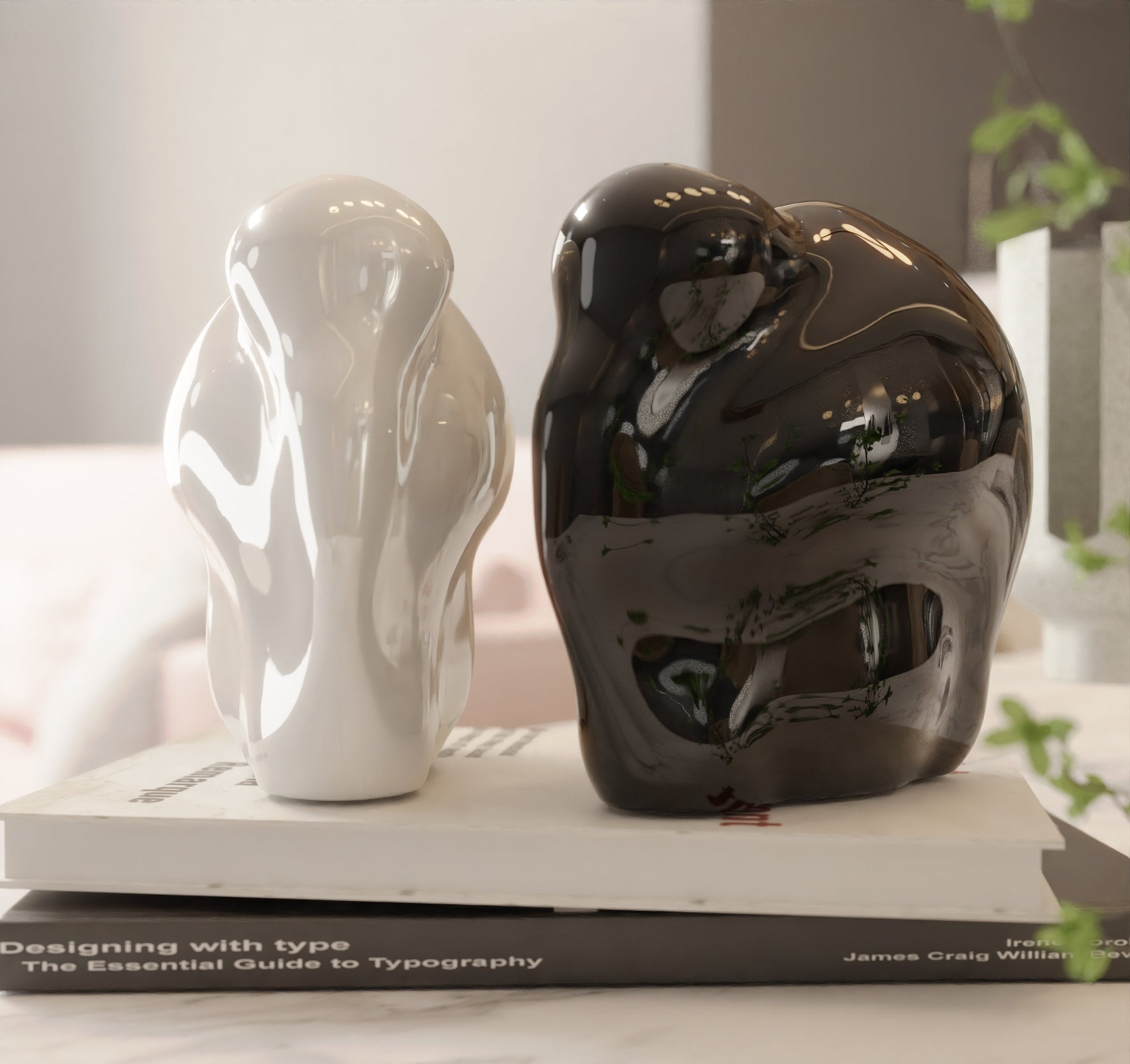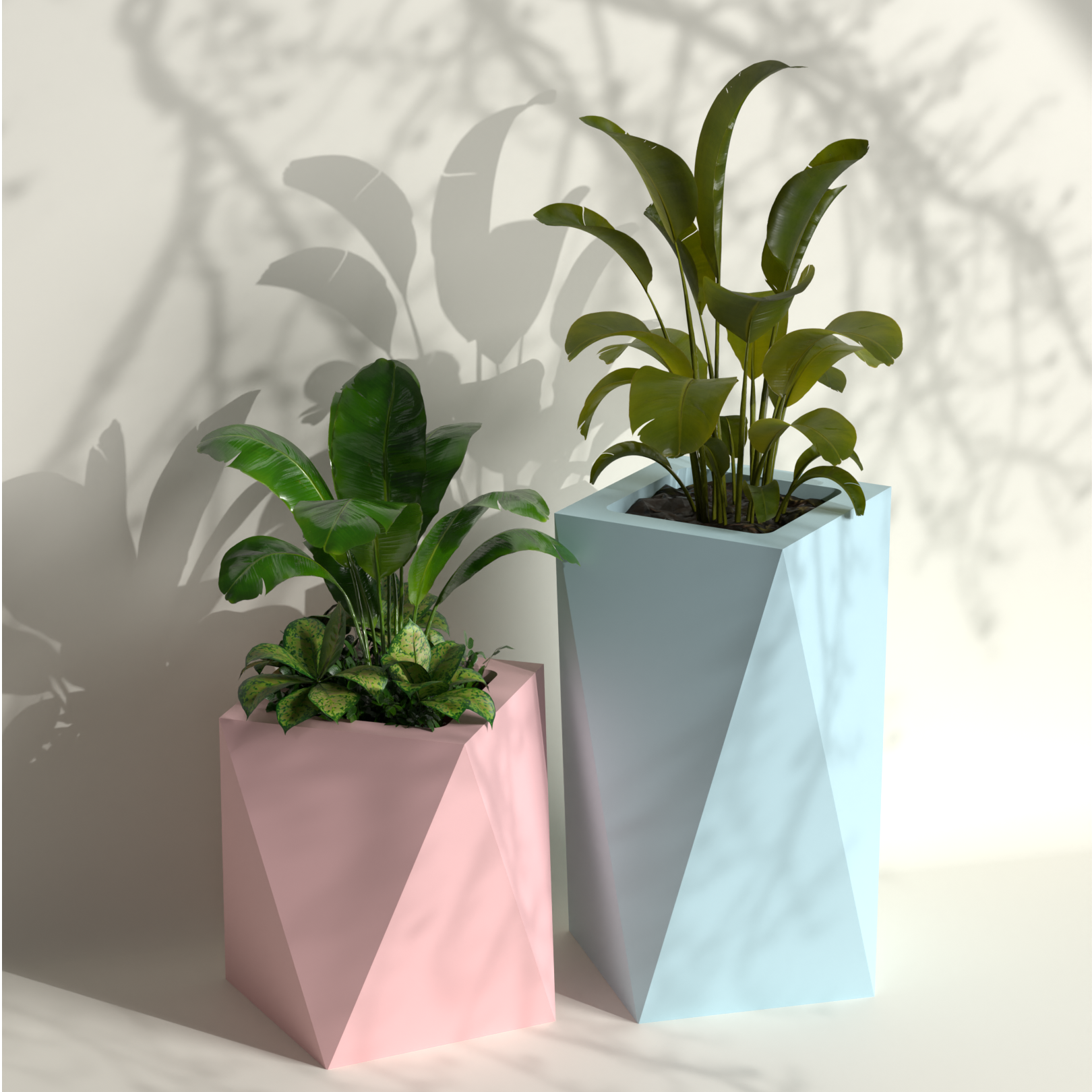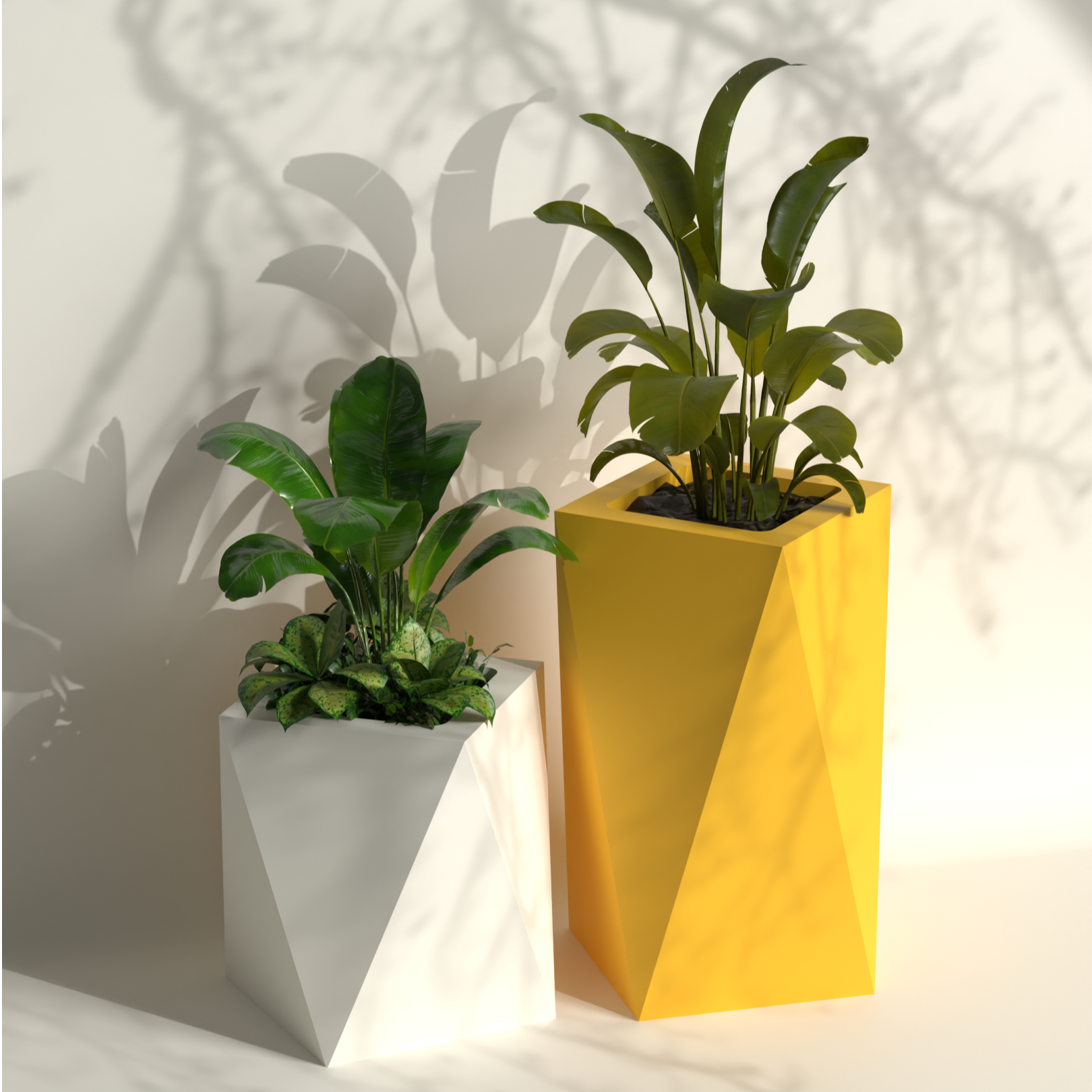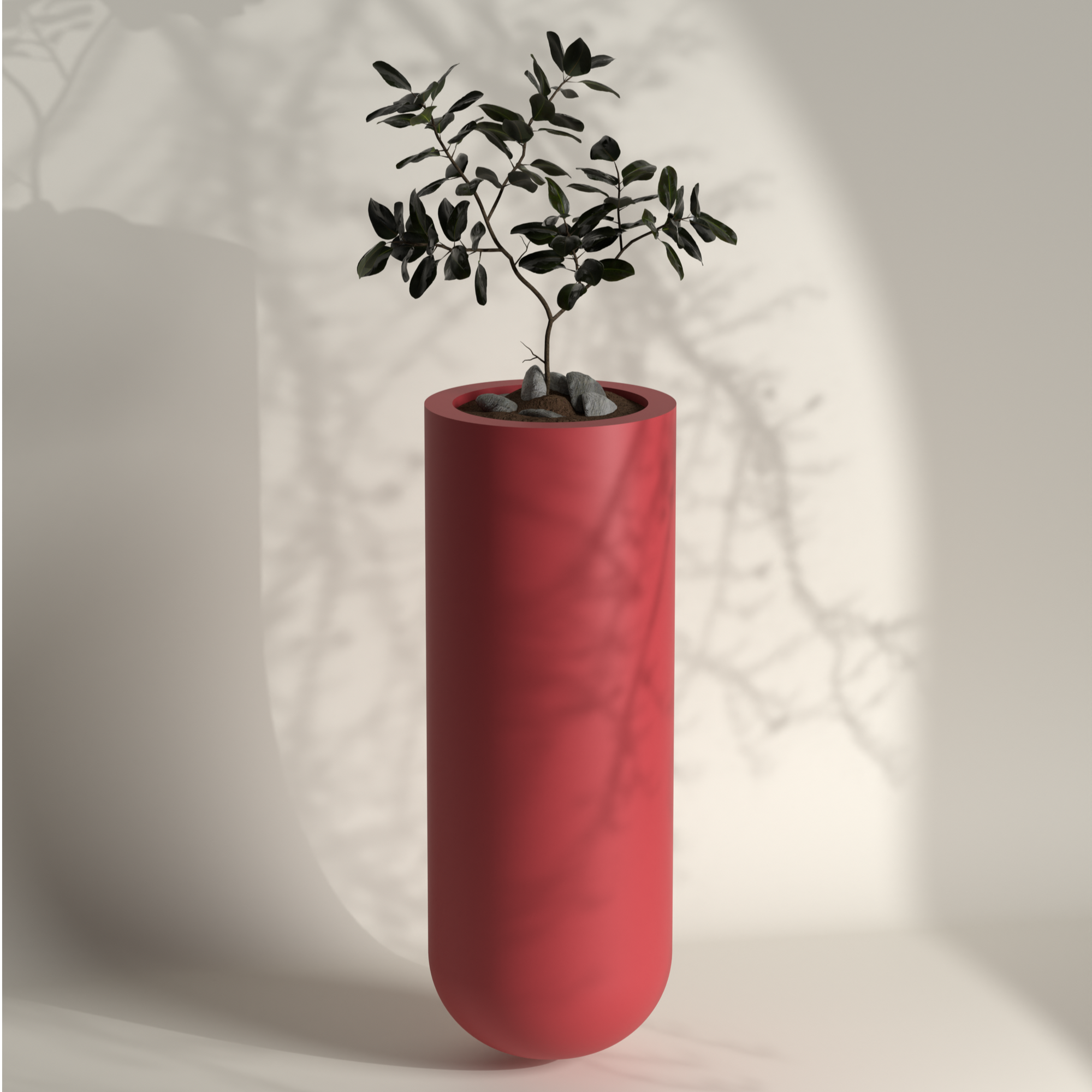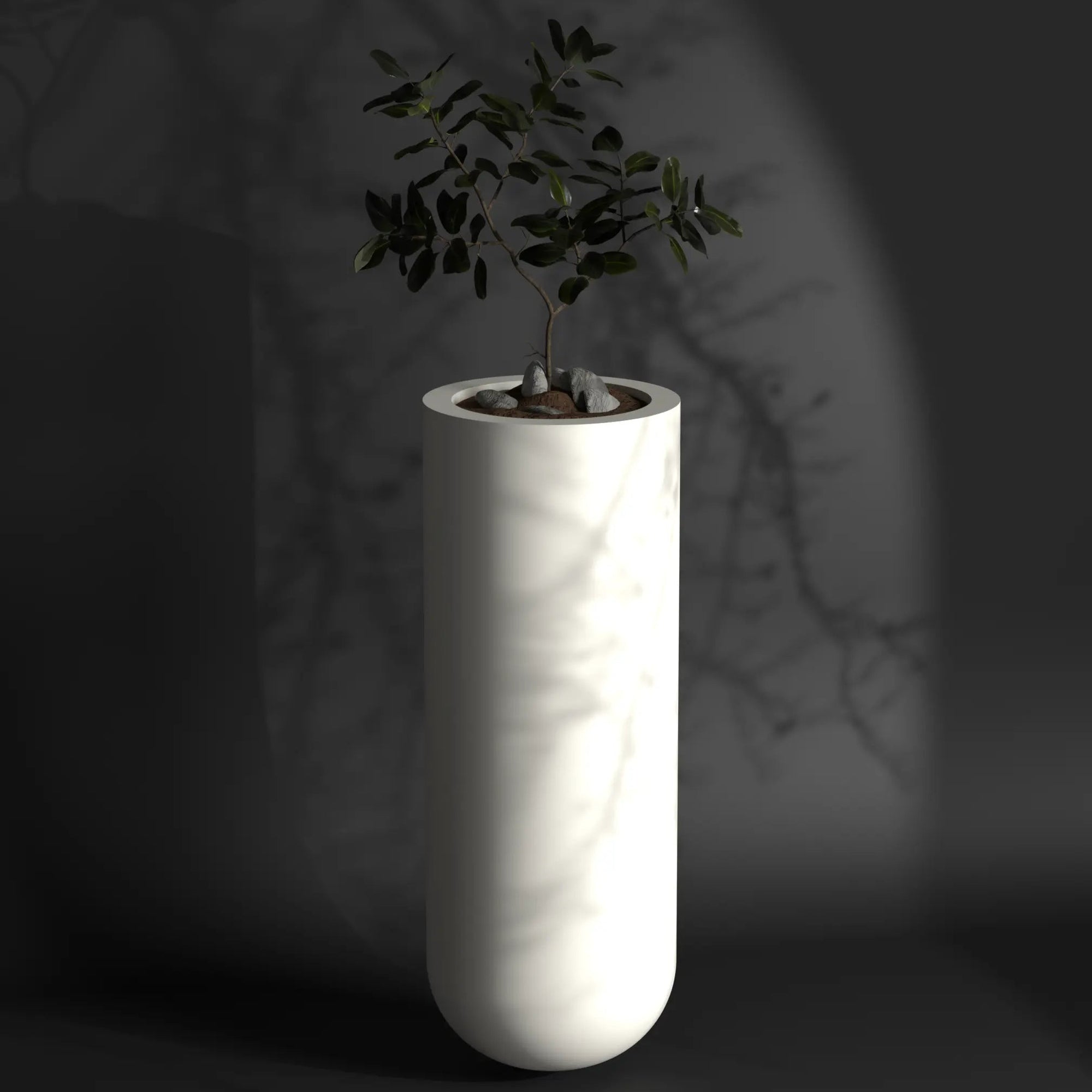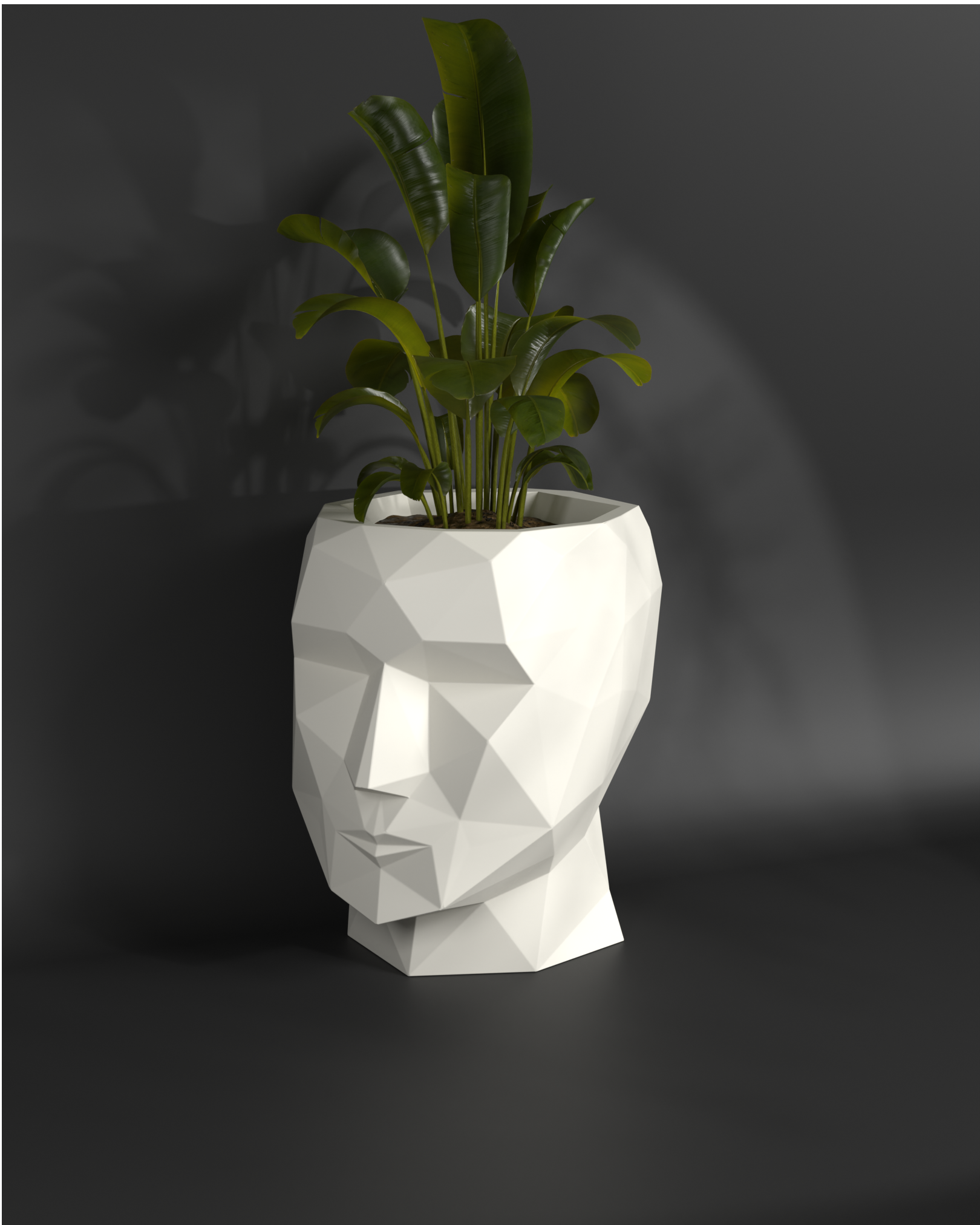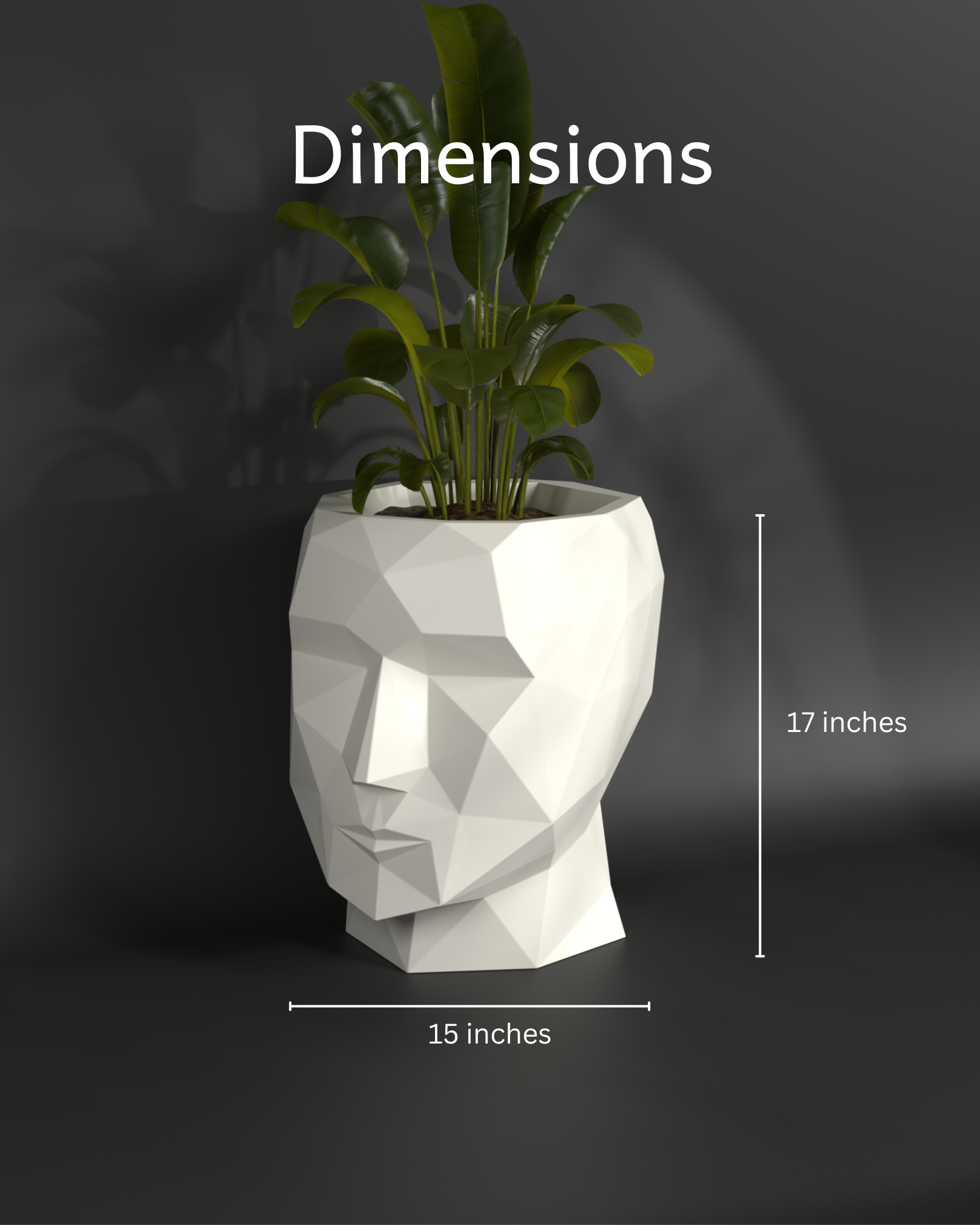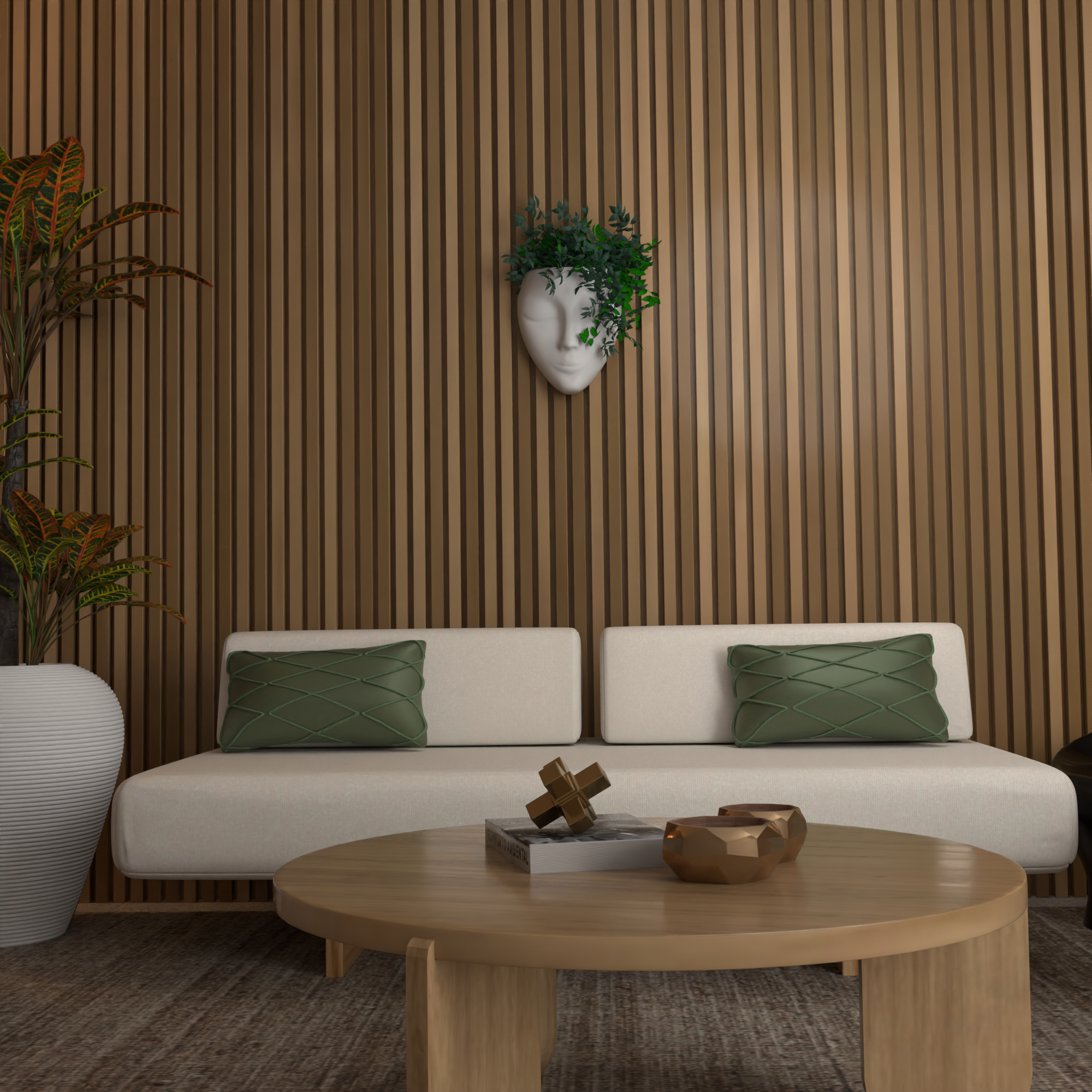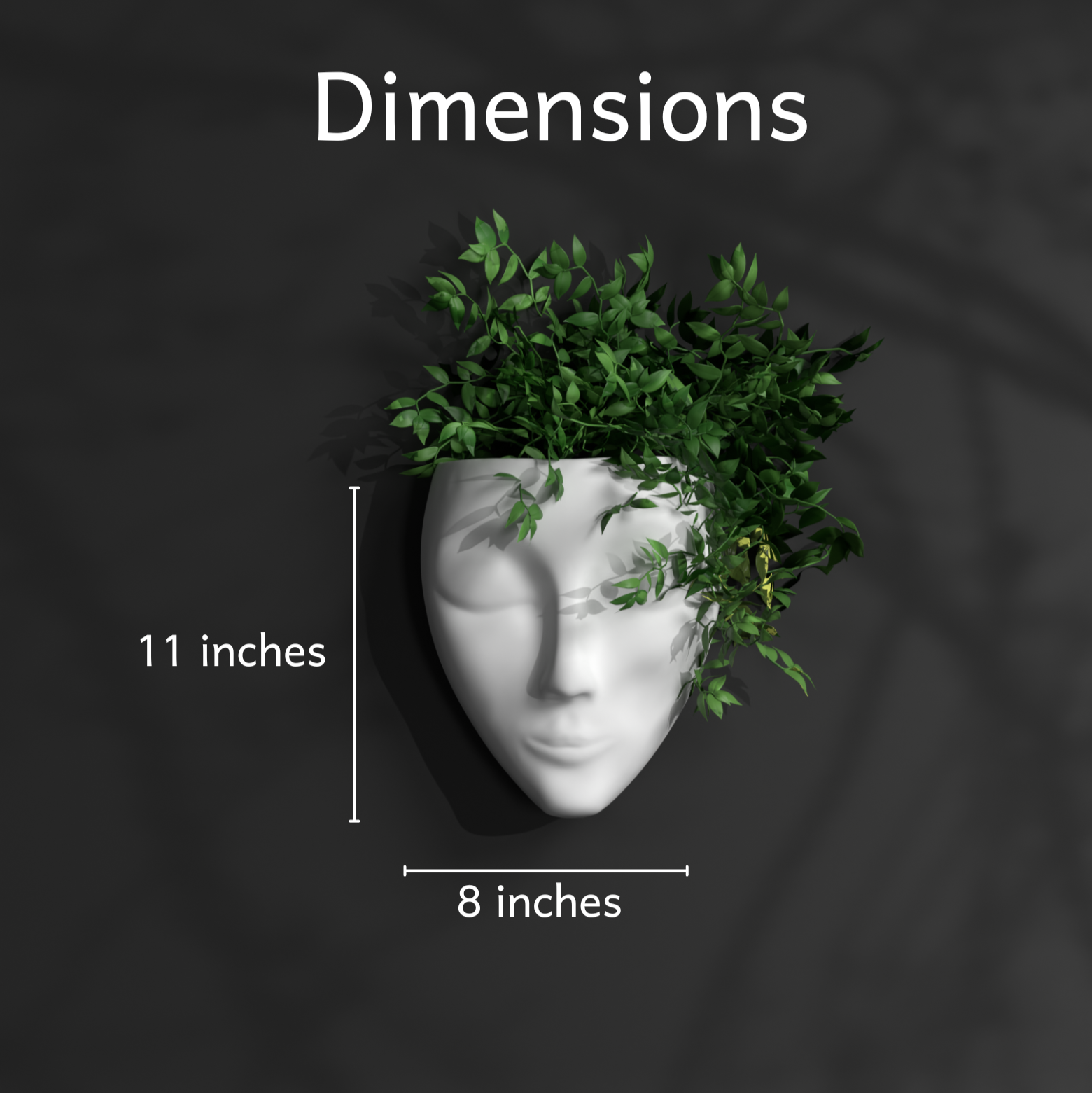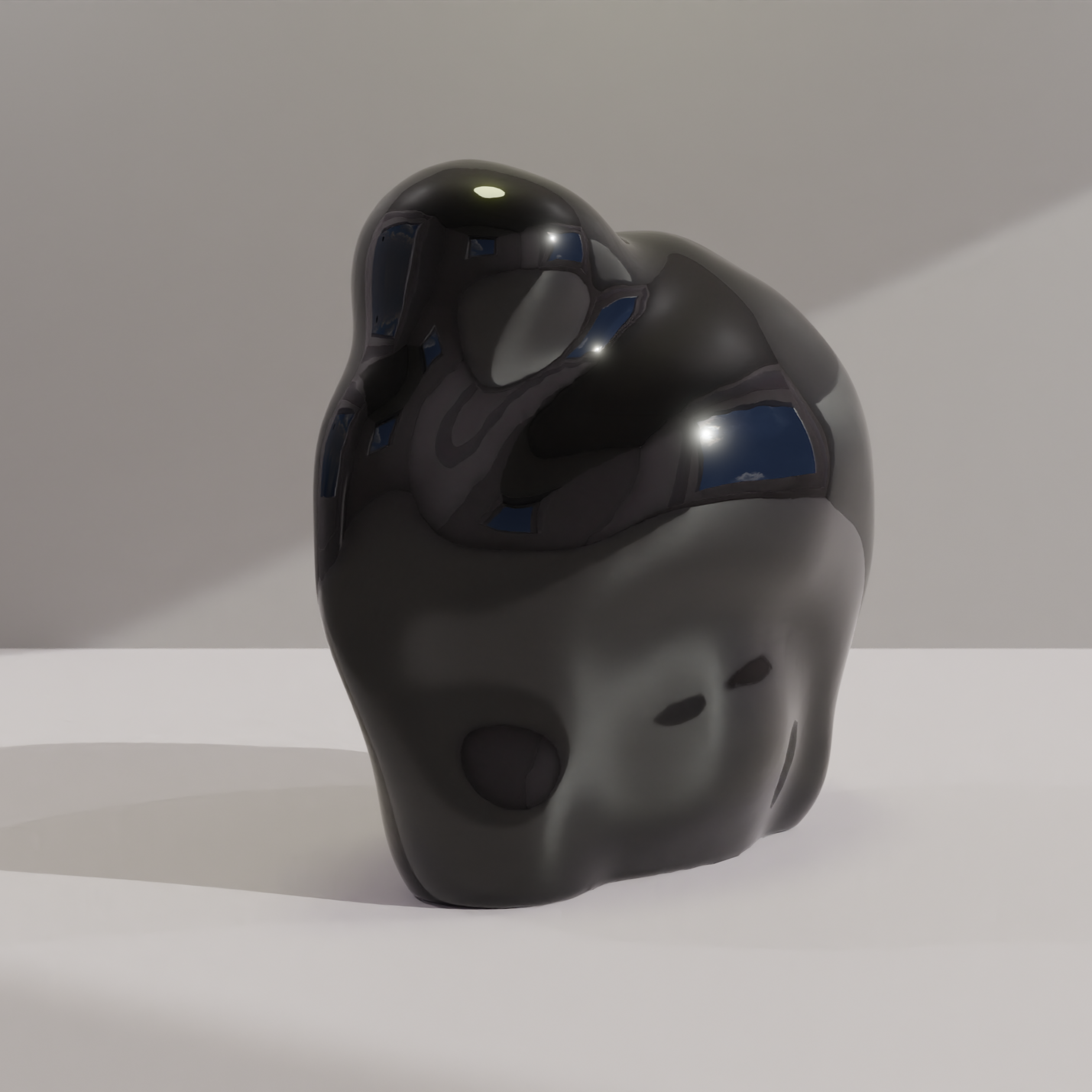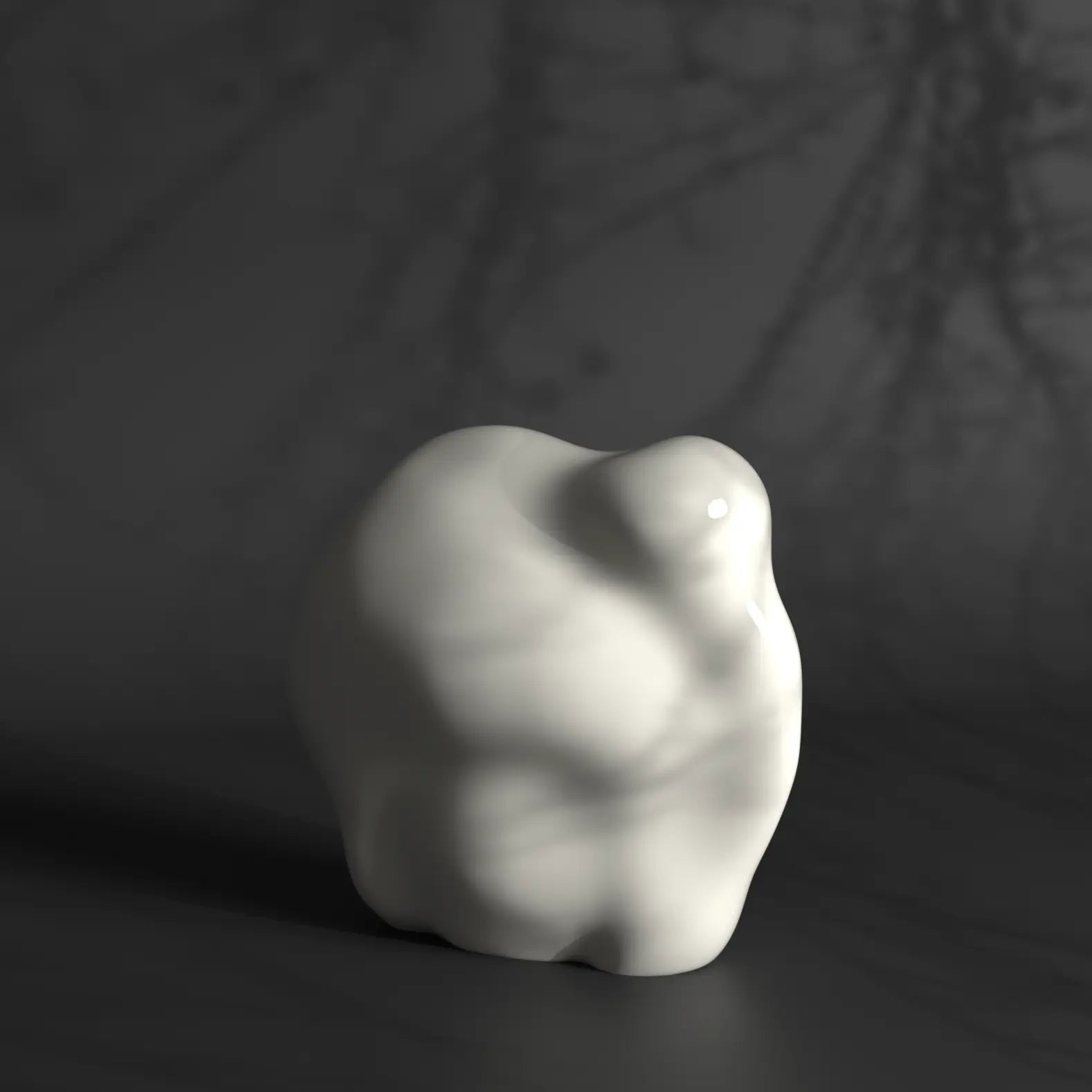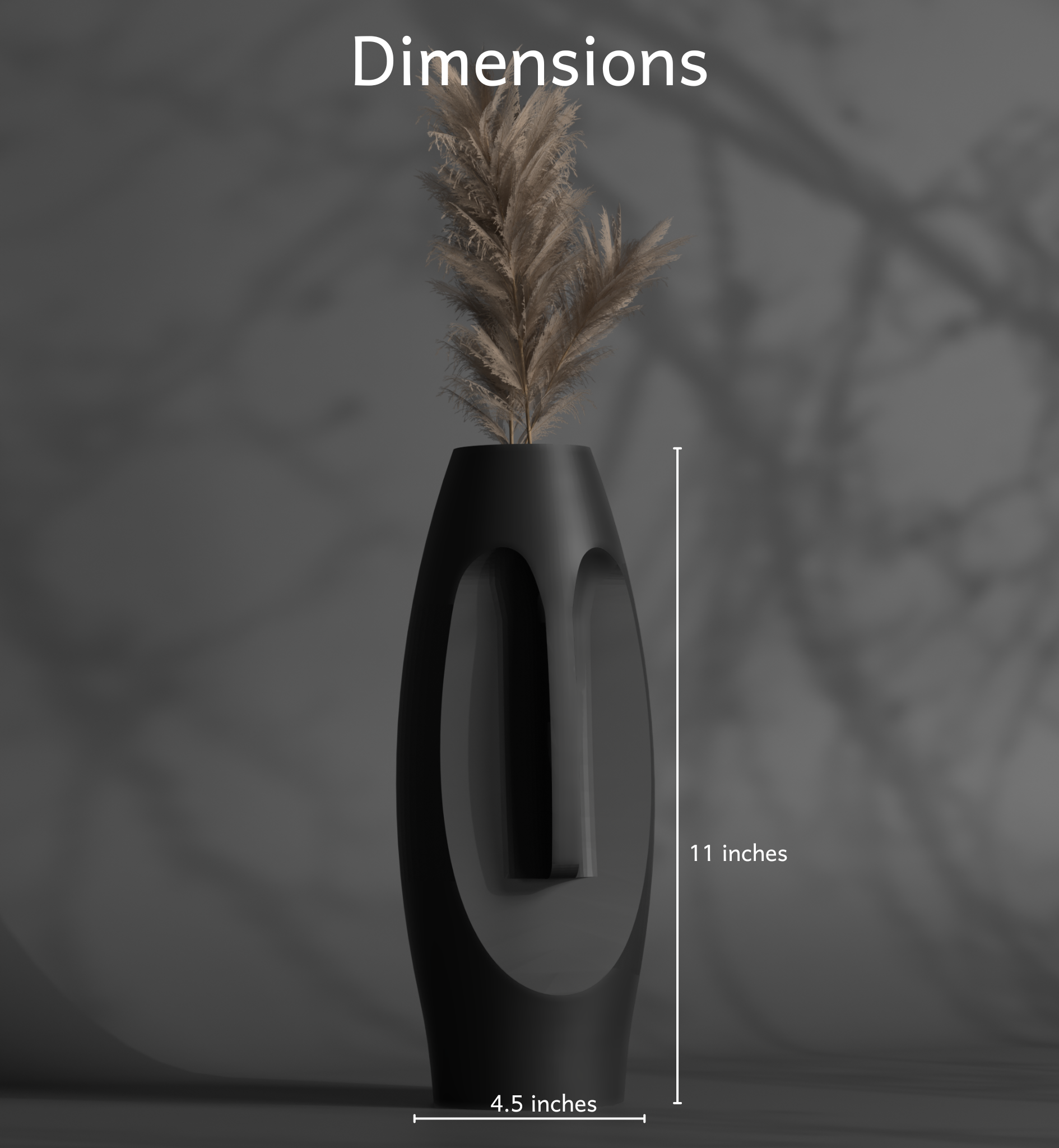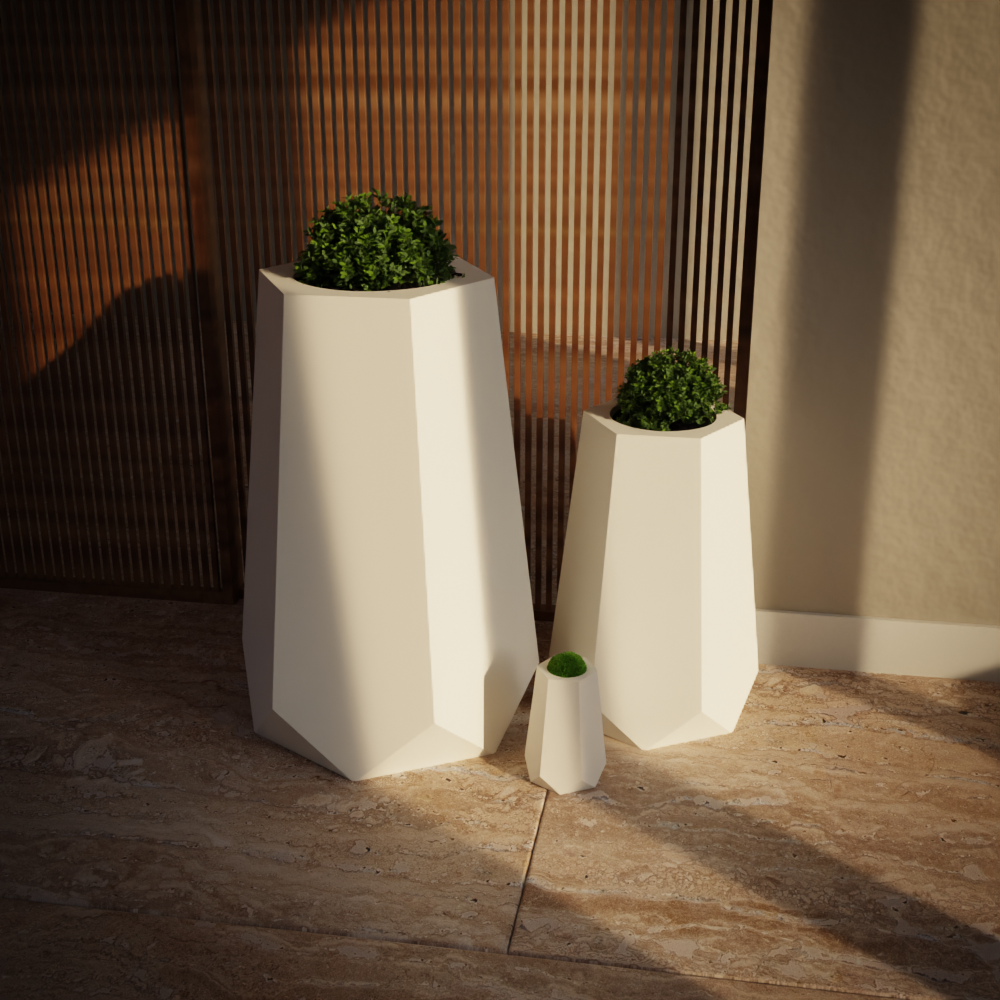
How durable are FRP planters in different weather conditions?
The Durability of FRP Planters in Various Weather Conditions
As the popularity of FRP Fibre Reinforced Polymer planters continues to grow, many gardeners and homeowners are left wondering about their durability in different weather conditions. Can FRP planters withstand extreme temperatures, heavy rain, or strong winds? In this article, we will explore the durability of FRP planters and how they perform in various weather conditions.
What are FRP Planters?
FRP planters are made from a composite material consisting of polymer resin and reinforcing fibers, such as glass or carbon fibers. This combination of materials results in a lightweight yet strong and durable planter that can withstand a variety of weather conditions. The unique properties of FRP planters make them an attractive option for gardeners and homeowners looking for a low-maintenance and long-lasting planter solution.
The Benefits of FRP Planters
Before we dive into the durability of FRP planters in different weather conditions, it's essential to understand the benefits of using FRP planters. Some of the key advantages of FRP planters include:
- Lightweight: FRP planters are significantly lighter than traditional planters made from materials such as concrete or clay. This makes them easy to move and reposition as needed.
- Corrosion-resistant: FRP planters are resistant to corrosion, which means they won't rust or degrade over time.
- Low maintenance: FRP planters require minimal maintenance, as they are resistant to mold and mildew and don't need to be sealed or painted.
- Durable: FRP planters are highly durable and can withstand a variety of weather conditions, including extreme temperatures, heavy rain, and strong winds.
Durability in Extreme Temperatures
FRP planters are highly resistant to extreme temperatures, making them an excellent choice for both hot and cold climates. They can withstand temperatures ranging from -40°C to 120°C without cracking or warping. This makes them ideal for use in areas with extreme temperature fluctuations, such as deserts or high-altitude regions.
In hot climates, FRP planters won't become brittle or crack due to the heat, and in cold climates, they won't become brittle or shatter due to the cold. This makes them an excellent choice for gardeners and homeowners who live in areas with extreme temperature fluctuations.
Durability in Heavy Rain
FRP planters are highly resistant to water damage, making them an excellent choice for areas with heavy rainfall. Unlike traditional planters made from materials such as clay or concrete, FRP planters will not absorb water, which can cause them to crack or break. Additionally, FRP planters are resistant to mold and mildew, which can be a problem in areas with high humidity.
In areas with heavy rainfall, FRP planters will not become waterlogged or develop cracks due to water absorption. This makes them an excellent choice for gardeners and homeowners who live in areas with high levels of rainfall.
Durability in Strong Winds
FRP planters are also highly resistant to wind damage, making them an excellent choice for areas with high winds. The reinforcing fibers in FRP planters provide additional strength and stability, allowing them to withstand strong winds without tipping over or breaking. Additionally, FRP planters are lightweight, making them easy to move and reposition as needed.
In areas with high winds, FRP planters will not become dislodged or damaged due to the wind. This makes them an excellent choice for gardeners and homeowners who live in areas with high winds, such as coastal regions or areas with frequent storms.
Additional Benefits of FRP Planters
In addition to their durability in various weather conditions, FRP planters also offer a range of additional benefits. Some of these benefits include:
- Aesthetics: FRP planters come in a range of styles and colors, making them an attractive option for gardeners and homeowners who want to add a decorative touch to their outdoor space.
- Sustainability: FRP planters are made from recyclable materials, making them a sustainable option for gardeners and homeowners who want to reduce their environmental impact.
- Cost-effective: FRP planters are often less expensive than traditional planters made from materials such as concrete or clay, making them a cost-effective option for gardeners and homeowners on a budget.


